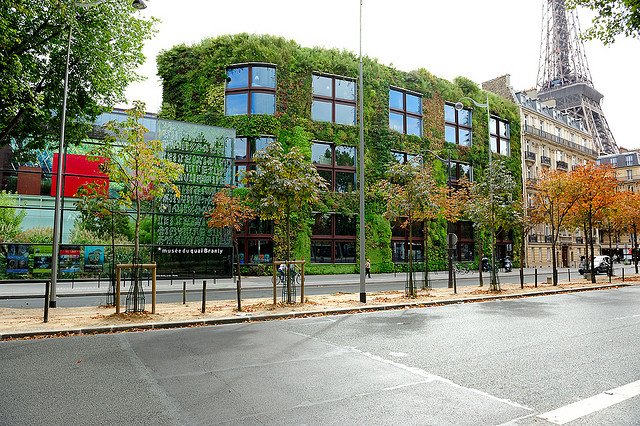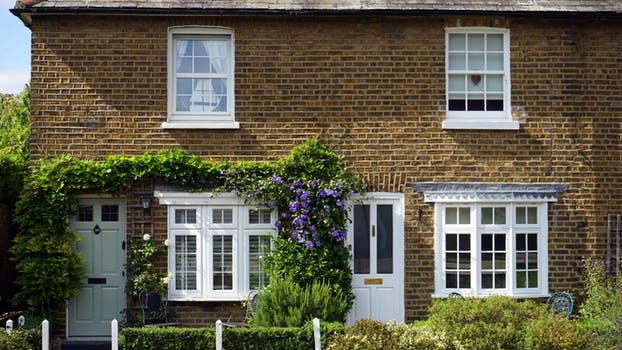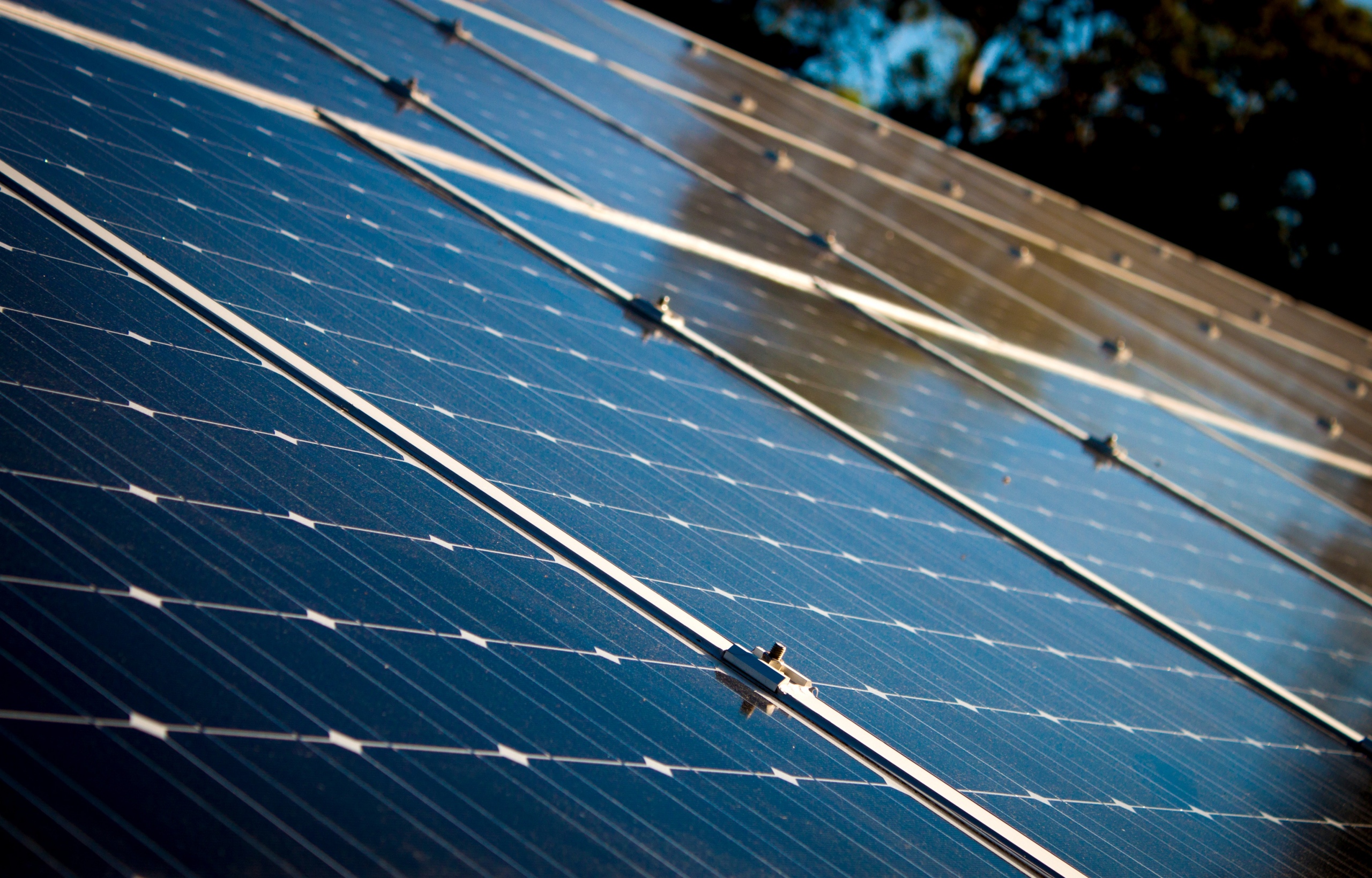Having a home that is comfortable, affordable and energy efficient is a lot easier than you might think. Energy efficiency is a little different from energy conservation, which means reducing the use of or going without a certain service to save energy resources. Essentially, energy efficiency means using less energy to provide the exact same service. So if you replace a few incandescent light bulbs with one compact fluorescent lamp, you have just made a room in your house much more energy efficient because the lamp uses far less energy to produce the same amount of light. Simply turning the lights off when leaving a room is not exactly an example of energy efficiency but rather energy conservation. On the other hand, replacing single pane windows in your house with energy-efficient ones prevents heat from seeping out in chilly weather, thus saving energy by having to rely far less on electric heating or furnaces to remain comfortable.
There are a number of ways to optimize home energy efficiency, and many can actually save you money in the long run! Just by tweaking a few areas around the home, the average household can save as much as $400 a year. Have a look at these seven ways to save energy at home, and you’ll be on your way to reducing your family’s greenhouse gas emissions and saving some cash while you’re at it.
Wash Clothes in Cold Water
Next laundry day, wash your whites and darks in 30°C. The change in temperature will not only use less water, but reduces electricity usage by nearly 40 percent. Laundering clothes in cold water also reduces the risk of them shrinking, so it’s a win-win situation.
Use Canvas Bags
We all have a cupboard filled with plastic bags from the supermarket. Although it is a nuisance to store them, try hanging on to your plastic bag collection and reusing them for other household chores instead of tossing them in the trash. Even better, purchase a few reusable canvas bags and prevent unnecessary hoarding while reducing the amount of plastic going to the landfill.
Insulate the Loft
The average household loses a large amount of costly heat through loft space and walls. Proper loft insulation can reverse this problem. Do it yourself using mineral wool, fiberglass and recycled paper products or hire a contractor to be safe. The bare minimum depth for sound insulated lofts should be around 150mm, but preferably above 200mm.
Replace Old Appliances
The majority of home appliances now come with the Energy Efficiency Recommended logo as a consumer-purchasing guide. These products include eco-friendly dishwashers, refrigerators and clothes washers that have a significant difference in the amount of energy consumed than older appliances.
Boil H20 Sparingly
Water conservation has never been as important as it is now. On your next tea break, be aware of how much water you are boiling for the amount of tea you will be drinking.
How to Be More Energy Efficient at Home: Seven Ways to Get Started (Today)





